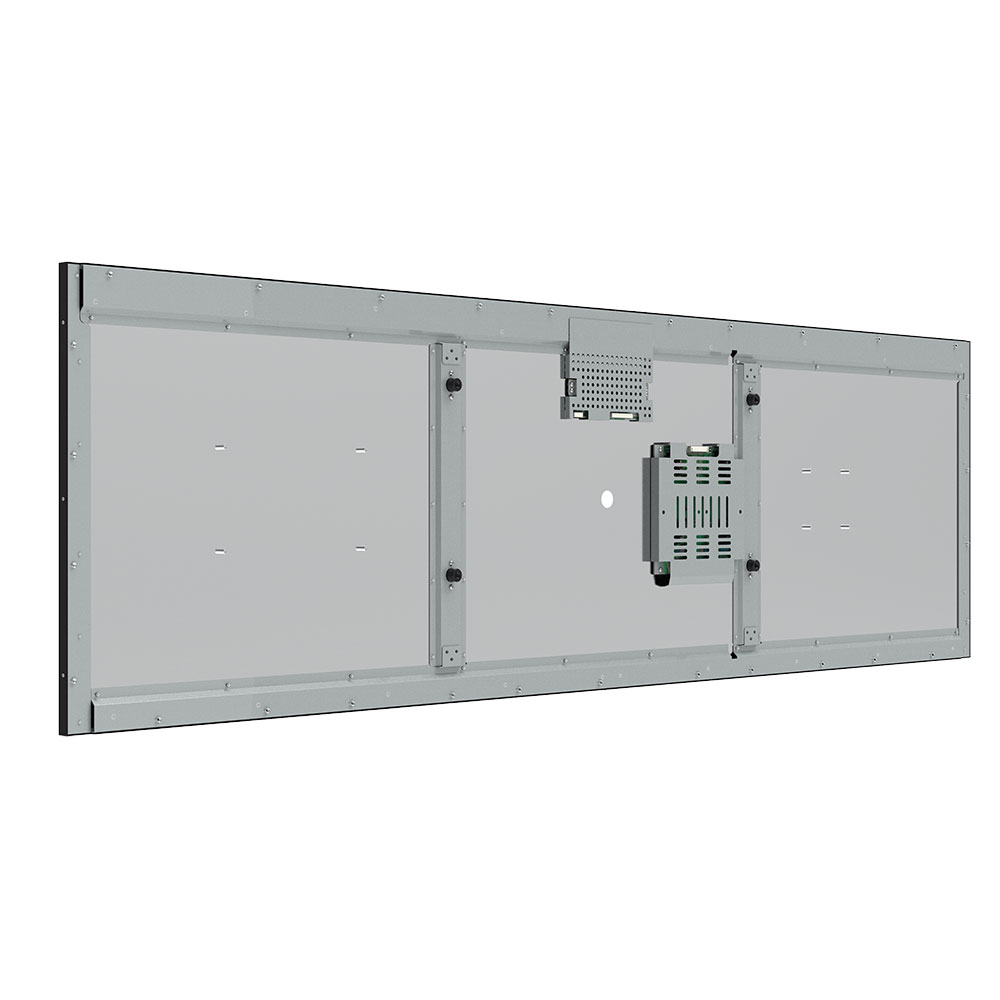- الصفحة الرئيسية
- من نحن
- منتجات
- أخبار
- فيديو
- الاتصال
- ارسل استفسار
البحث
- الصفحة الرئيسية
- من نحن
- منتجات
- أخبار
- فيديو
- الاتصال
- ارسل استفسار

Outdoor high-brightness LCD passenger information displays (PIDs) have become a cornerstone of modern public transportation systems worldwide. These digital signage solutions provide real-time updates on schedules, delays, service alerts, and route changes—critical for improving passenger experience, operational efficiency, and safety in transit environments such as bus stops, train stations, airports, and subway platforms. According to the International Association of Public Transport (UITP), over 70% of global cities now deploy some form of digital PID system, with a projected compound annual growth rate (CAGR) of 6.8% through 2030, driven by smart city initiatives and increased demand for reliable transit information.
Practical applications are extensive. For example, in London’s Underground, LED-backlit outdoor LCDs installed at major stations display live arrival times, emergency instructions, and even multilingual messages during peak hours. Similarly, Singapore’s Land Transport Authority uses weather-resistant, sun-readable PIDs with integrated sensors that automatically adjust brightness based on ambient light—a feature supported by ISO 15944 standards for outdoor electronic signage. In North America, agencies like Metrolink in Los Angeles integrate PIDs with GPS-enabled fleet tracking to offer accurate, dynamic updates, reducing passenger frustration and increasing ridership.
One of the key advantages of outdoor high-brightness LCDs is their ability to operate reliably in harsh conditions—from -30°C to +60°C operating temperatures to IP65-rated dust and water resistance. They also support touch interactivity, Wi-Fi connectivity, and remote content management via cloud-based platforms such as SignageLive or Scala. This scalability allows transport authorities to centralize operations while personalizing messaging for different locations—a strategy proven to boost user engagement by up to 40%, according to a 2023 study published in the Journal of Urban Technology.
However, common problems persist. Display glare under direct sunlight remains a challenge despite advancements in anti-reflective coatings. Some units suffer from premature backlight degradation due to poor thermal management, especially in tropical climates. Additionally, outdated software or lack of cybersecurity protocols can lead to data breaches or display malfunctions—issues highlighted in the 2022 NIST report on IoT vulnerabilities in public infrastructure. To mitigate these risks, manufacturers now recommend using industrial-grade panels with passive cooling systems and regular firmware updates.

The latest trend is the integration of AI-driven analytics into PID systems. For instance, companies like LG Electronics and Samsung have introduced AI-powered PIDs that analyze passenger flow patterns using onboard cameras and machine learning algorithms. These systems dynamically optimize message frequency and content type—for example, showing more frequent updates during rush hour or promoting nearby attractions when foot traffic is low. Furthermore, 5G-enabled PIDs are emerging as the next evolution, allowing for ultra-low latency communication between vehicles, stations, and backend servers—a development expected to accelerate in 2025 following the rollout of 5G networks across Europe and Asia.
In summary, outdoor high-brightness LCD passenger information displays are no longer just informational tools—they are intelligent, adaptive components of smart mobility ecosystems. With continuous innovation in brightness technology, environmental resilience, and data intelligence, they will remain essential for enhancing public trust, accessibility, and efficiency in urban transit networks globally.
2025-09-22
فهم تصنيف حماية IK10 لشاشات LCD الخارجية2025-07-31
يعرض نافذة LCD